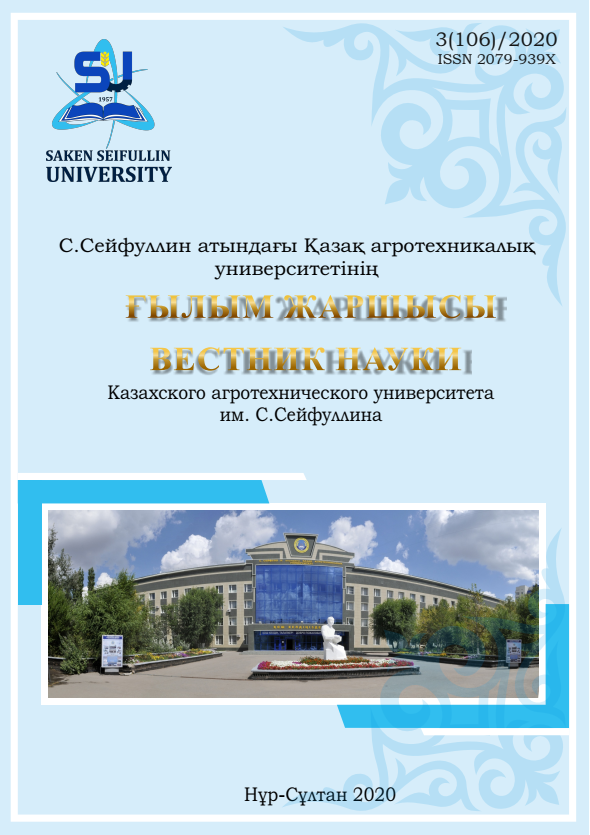PHYTOSANITARY SITUATION OF FARMLANDS IN NORTHERN KAZAKHSTAN FOR THE DEVELOPMENT AND SPREAD OF HARMFUL NON-GREGARIOUS LOCUSTS
DOI:
https://doi.org/10.47100/herald.v1i3.64Keywords:
non- gregarious locusts, development, distribution, population dynamics, inhabitance, pesticide treatments, Northern Kazakhstan.Abstract
The results of research on the phytosanitary condition of farmlands in the Northern regions of Kazakhstan on harmful non-gregarious locusts are presented in
this article. In order to establish the general phytosanitary situation of the studied regions, the issues of development and distribution of these pests in the national scale were studied within couple of decades. The highest indicators of pest droughts within the Republic were in the Northern regions of Kazakhstan, in Akmola region this indicator was at the level of 86.7%, Pavlodar-85.2%, Kostanay -76.8% and
North Kazakhstan-68.1%, respectively. Some regularities and criteria for changing the long-term population dynamics of non-gregarious locusts are revealed. Thus, the
expected cyclical onset of certain phases of studied pests population dynamics is not always maintained. They are vulnerable to change under the influence of environmental factors. Thereby, according to diagnostic indicators of changes in the phases of the dynamics of populations of non-resident locusts, mass reproduction occurred in 1999, 2005, 2009, 2012 and 2016. The population peaked in 2010, 2013, and 2017, and declined in 2000, 2006, 2011, 2014, and 2018.The obtained data can be offered as forecasting criteria in the trend of changes in the dynamics phases of
non-gregarious locusts’ population in Northern Kazakhstan
Downloads
Published
Versions
- 2021-05-18 (2)
- 2021-02-03 (1)

